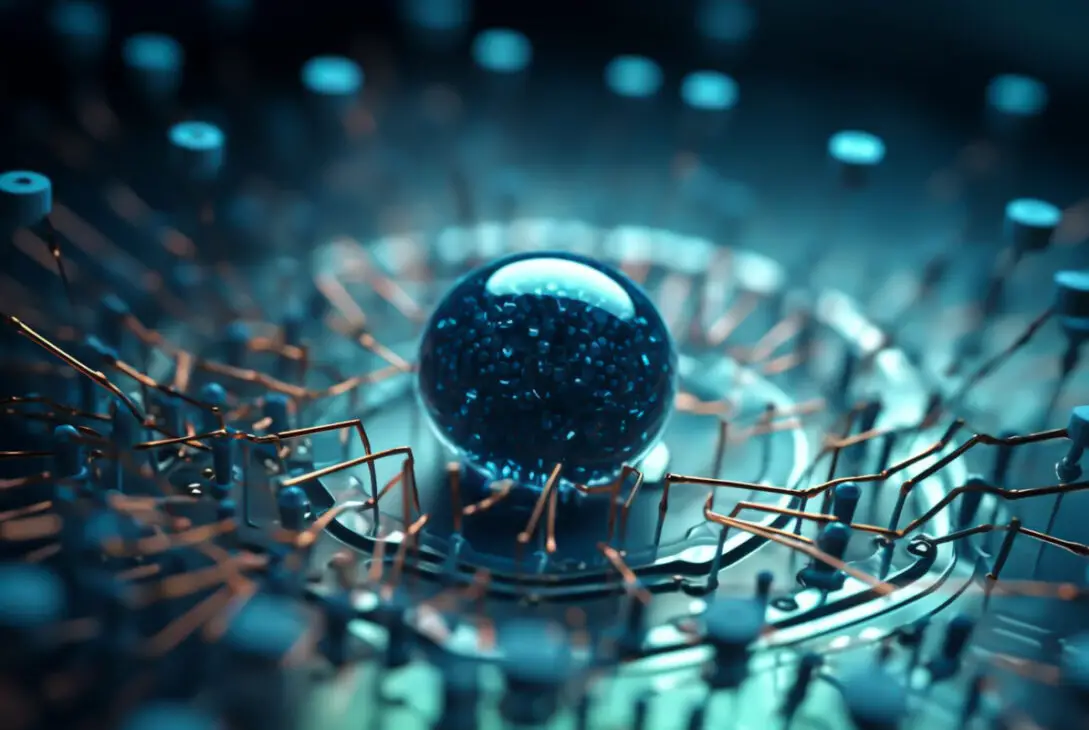
Two topics have been highly visible in the media in 2024. They are Semiconductors and AI (artificial intelligence). Semiconductors via computing have been confirmed as the basis of civilization development for the last 50 years and presumably the next 20 years. All sorts of digital transformations including robotics, autonomous driving vehicles, healthcare, industrial systems, and virtually everything we do depend on computing in the background. The problem is that computing technology is hitting a wall for progression (Moore’s Wall). AI appears to be coming to the rescue as many people think AI is almighty. Is this perception true or not? This article offers a roadmap towards the answer.
At present, we can build computers that the processing power of a mouse brain. This is already sufficient for semiconductors to claim 0.6% of the global GDP. TSMC of Taiwan is the globally acknowledged leader for helping USA, Japan, and Germany build 3nm (nanometer) fabs. In the meanwhile, Japan has formed a company named as Rapidus to build 2nm fabs in Japan as a national effort to regain global semiconductor leadership after an absence of more than 40 years.
There are four potential solutions on the table to keep semiconductors and computing moving forward.
- Transitioning from 2D to 3D for chip integration.
- Expanding the approach of Applications Specific chips (ASIC) as against General Purpose chips such as CPU and GPU by pruning off dark silicon.
- Applying AI to convert human design ideas into chips- wow magic!
- Transforming the Von Neumann (VN) computer architecture which has been the standard for the last 50 years to neural networks (NN) which does not have the VN performance bottleneck.
An additional condition is that all solutions must be accompanied by a reduction of electricity consumption. Improving the topology of semiconductor devices may help. TSMC is planning GAA topology for 1.6nm which is a penetration into the physical Moore’s Wall. The potential is limited without stepping into quantum mechanics. Quantum computing is in its early days. Even if it is successful, it may only help a fraction of applications and not all. As such, 3D, ASIC, AI, and NN are believed to offer higher potential. 3D and ASIC also have physical limits. AI is unlikely to help much because AI conversions have about 80% correctness although it may speed up the entire computer chip fabrication process. This leaves neural networks as the ultimate candidate. Neural networks are an emulation of the human brain. Computing takes place in neurons connected with synapses. We possibly have another 15 years to exhaust the benefits of the other three solutions before we rely on NN to take us further.
The above story has included a lot of insights from a book published in 2024 in Taiwan authored by a senior Japanese researcher Professor Tadahiro Kuroda in semiconductor technology. Kuroda outlined a roadmap for Japan as a nation to regain global semiconductor leadership. This article is neutral. Nations not in the top league shall work in conjunction with the top league to develop a roadmap. For us individuals, whoever is capable of reading between the lines will gain the most for career, engineering, and economy planning at any level up to national. This article is on the Compucon CPD agenda.
Download this document:
What’s the chance of AI resolving Moore’s Law (N11)
Please note: To download this document, you require to be logged in as a SUBSCRIBER.
